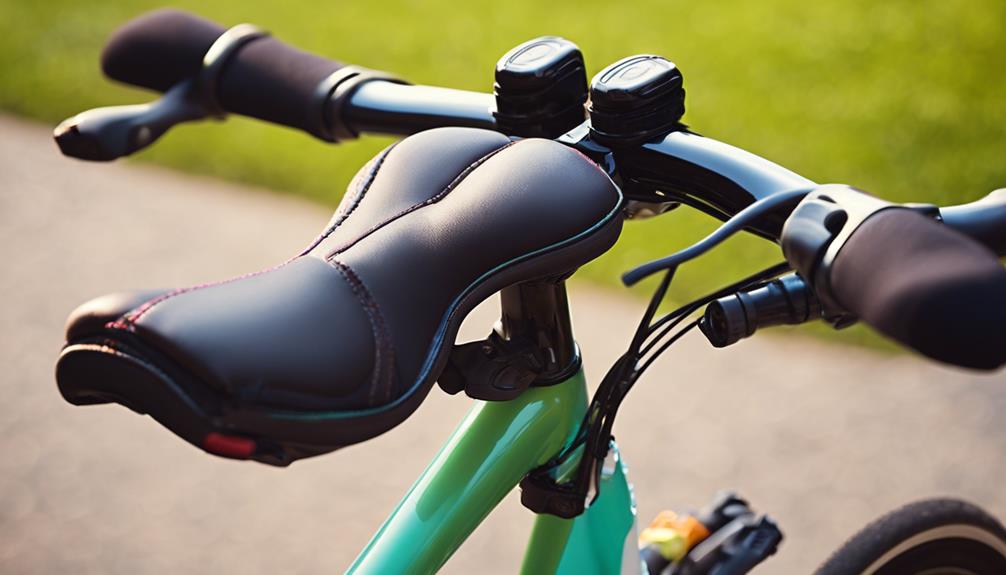In the world of cycling, few brands evoke the same level of nostalgia and admiration as Motobecane. With a rich history dating back to the early 20th century, Motobecane bikes have been synonymous with quality, innovation, and style. This article delves into the evolution of Motobecane bikes, their impact on cycling culture, and why they remain a beloved choice for enthusiasts and casual riders alike.
The Origins of Motobecane
Founded in 1923 in France, Motobecane initially focused on manufacturing motorcycles before transitioning to bicycles in the 1930s. The brand quickly gained recognition for its high-quality craftsmanship and innovative designs. By the 1950s and 1960s, Motobecane had established itself as a leading bicycle manufacturer in Europe, known for producing a wide range of models, from racing bikes to touring cycles.
Early Innovations
Motobecane was at the forefront of several key innovations in bicycle design. Some notable advancements include:
- Aluminum Frames: In the 1970s, Motobecane was one of the first manufacturers to experiment with aluminum frames, which significantly reduced the weight of bicycles and improved performance.
- Multi-Speed Gears: The brand was instrumental in popularizing multi-speed gear systems, allowing cyclists to tackle diverse terrains with ease.
- Innovative Designs: Motobecane introduced unique geometries and designs that enhanced aerodynamics and comfort, making their bikes a favorite among competitive cyclists.
The Golden Era of Motobecane
The 1970s and 1980s are often considered the golden era for Motobecane. During this time, the brand produced some of its most iconic models, which are now celebrated by vintage bike collectors and enthusiasts.
Iconic Models
Several Motobecane models stand out from this era:
- Motobecane Grand Record: This lightweight racing bike was designed for performance and speed, featuring an aluminum frame and high-quality components.
- Motobecane Mirage: A versatile touring bike, the Mirage was known for its durability and comfort, making it popular among long-distance cyclists.
- Motobecane Nomade: This model was designed for off-road cycling and was one of the early mountain bikes to hit the market, showcasing the brand’s adaptability to evolving cycling trends.
Challenges and Resurgence
Despite its early successes, Motobecane faced challenges in the late 1980s and 1990s due to increased competition and changing market dynamics. The brand underwent several ownership changes, which impacted its production and distribution. However, the legacy of Motobecane endured, and the brand saw a resurgence in the 2000s.
Modern Motobecane
Today, Motobecane continues to produce a range of bikes that cater to various cycling disciplines, including road biking, mountain biking, and hybrid cycling. The brand has embraced modern technology while staying true to its roots. Key features of contemporary Motobecane bikes include:
- High-Quality Components: Modern Motobecane bikes are equipped with top-tier components from reputable brands, enhancing performance and reliability.
- Customizable Options: Many models offer customizable options, allowing riders to tailor their bikes to their specific needs and preferences.
- Environmental Considerations: The brand has started focusing on sustainability by using eco-friendly materials and practices in its manufacturing processes.
Why Choose Motobecane Bikes?
As cycling continues to grow in popularity, many riders are left wondering why they should consider a Motobecane bike. Here are some compelling reasons:
- Heritage and Craftsmanship: Motobecane’s long-standing history in the industry is a testament to its dedication to quality and craftsmanship.
- Variety of Options: The brand offers a wide range of models, catering to different riding styles and preferences, making it easy to find a bike that suits your needs.
- Affordability: Compared to some high-end brands, Motobecane bikes often provide excellent value for money, making quality cycling accessible to a broader audience.
- Community and Support: Motobecane has a dedicated community of enthusiasts and provides ample support through forums and customer service.
Case Study: The Motobecane Le Champion
The Motobecane Le Champion is a perfect example of how the brand combines tradition with modern technology. Originally released in the 1980s, this model was revived in the 2000s due to popular demand. The Le Champion features:
- Advanced Frame Design: The modern version uses lightweight aluminum and carbon fiber, enhancing speed and agility.
- Shimano Components: Equipped with high-performance Shimano groupsets, it offers smooth shifting and reliable performance.
- Versatile Use: While originally designed for road racing, the bike’s design allows it to perform well in various cycling environments.
The resurgence of the Le Champion speaks to the enduring appeal of Motobecane bikes and the brand’s ability to adapt to the changing landscape of cycling.
Conclusion
Motobecane bikes have carved out a significant place in the cycling world, blending history, innovation, and accessibility. From their humble beginnings in the 1920s to their modern offerings, Motobecane continues to inspire both competitive cyclists and casual riders. With a commitment to quality, a diverse range of models, and a rich legacy, Motobecane bikes remain a captivating choice for anyone looking to explore the world on two wheels.
As cycling continues to evolve, one thing is clear: the story of Motobecane is far from over. With each pedal stroke, riders can appreciate the history and craftsmanship that define these remarkable machines.
